From October 19, 2025 to February 22, 2026, the Giovanni Züst Cantonal Art Gallery in Rancate, Switzerland, will host the exhibition ACCESSORI DI CLASSE. Fashion Complements between Everyday Use and Social Identity 1830-1930, curated by Elisabetta Chiodini with Mariangela Agliati Ruggia.
Hats, handbags, shoes, gloves, canes, umbrellas, handkerchiefs and fans, which have always been indispensable accessories to complete clothing, are not simply objects of daily use, but testimonies of taste, status and social belonging. Often associated with luxury and power, fashion accessories-thanks to the refinement of their shapes, the refinement of their details and the preciousness of their materials-also become tools for affirming the uniqueness and personality of their owners.
Through a dialogue between works of art and real accessories, the exhibition reconstructs the history and evolution of the main fashion accessories from the 1830s to the 1930s, a century defined as “the century of the bourgeoisie,” in which the tastes and fashions of men and women were rapidly transformed.
Some accessories, once indispensable, have lost some of their appeal over time: this is the case of the hat, a symbol of elegance until a few decades ago, which has now become an occasional accessory, or the fan, an ancient and regal object that reached the height of its success at the court of Louis XIV and then fell into disuse, until its recent return to trend. In contrast, handbags and shoes, once considered secondary, have become true objects of desire in the past hundred years.
Among the more than 200 objects on display in the exhibition are some 60 paintings and sculptures from public and private collections of authors from both the Ticino and Italian areas, including works by Giacomo Balla, Giovanni Boldini, Telemaco Signorini, Mosè Bianchi, Eliseo Sala, Vincenzo Cabianca, Vittorio Matteo Corcos, Bernardino Pasta, Spartaco Vela, Filippo Franzoni, Adolfo Feragutti Visconti and Luigi Rossi. Representative portraits, vivid genre scenes, posters, figurines and fashion magazines are echoed by authentic objects, testimonies to the taste, society and craftsmanship of the time.
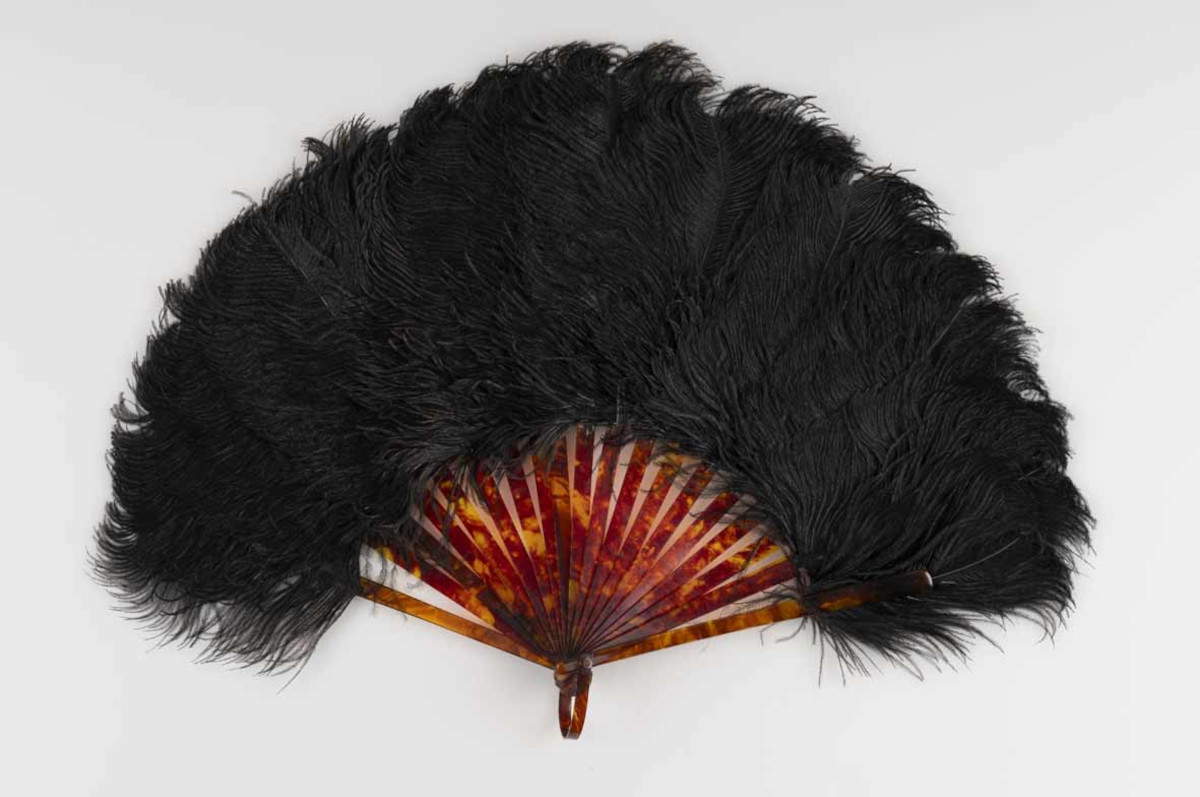
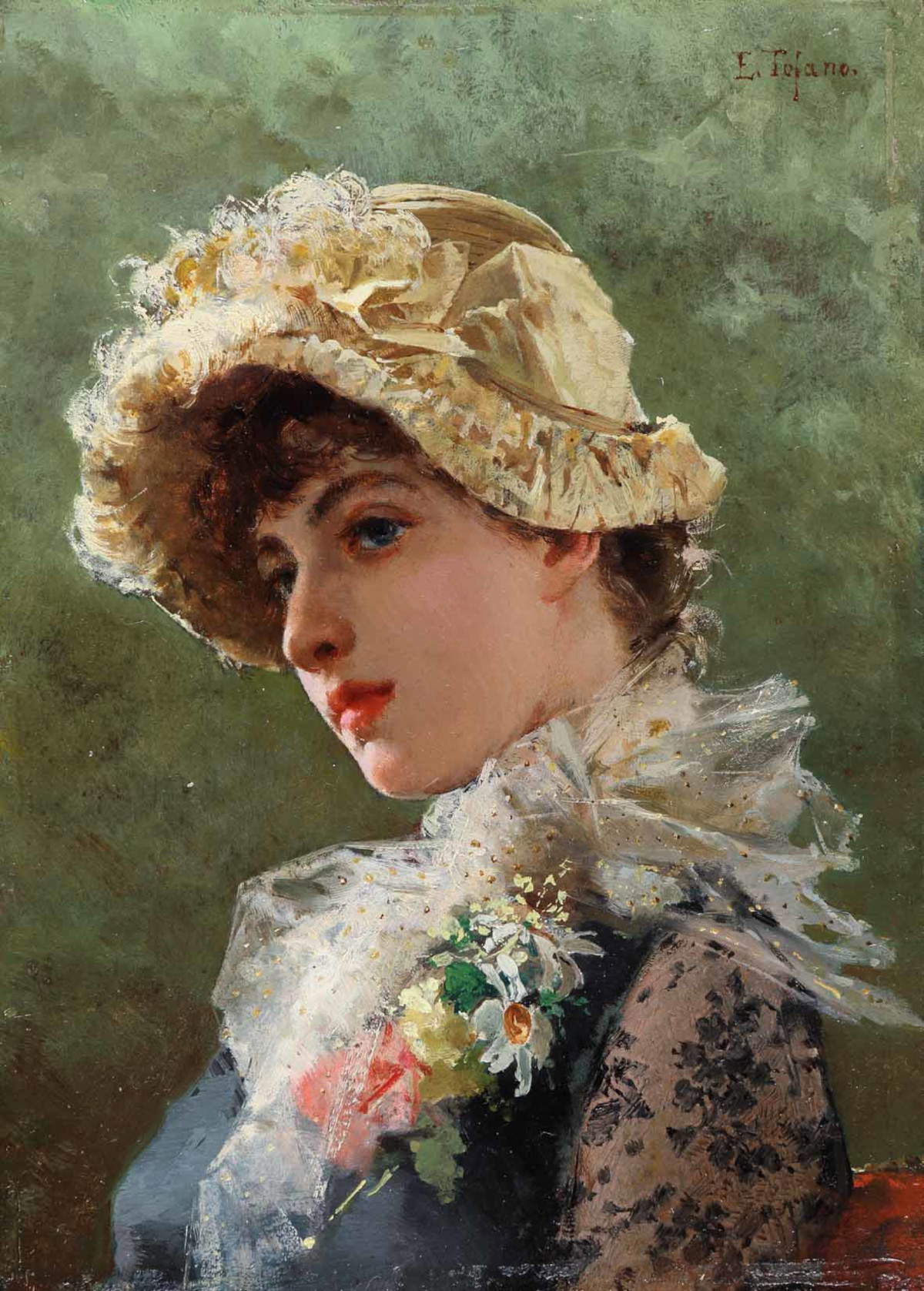
The exhibition devotes an in-depth look at the handicraft and commercial production of some of these objects, particularly the straw hats, baskets and bags typical of the Onsernone Valley. Thanks to the collaboration with the Center for State Dialectology and Ethnography and the Onsernone Museum in Loco, the exhibit illustrates an activity that for decades exported its artifacts to the Lombard, Piedmont, German and French markets.
An extensive historical section also reconstructs, through photographs, work tools and original documents, the atmosphere of the workshops and fashion stores active in Ticino between the 19th and early 20th centuries, with an excursus devoted to the Lugano department stores, centers of style and modernity at the time.
The exhibition concludes with the figure of Lugano designer Elsa Barberis, whose simple, modern lines of the 1940s inaugurated a new season in fashion, also marking a different way of conceiving and experiencing accessories.
Accompanying the exhibition is an illustrated catalog that includes texts by curators Elisabetta Chiodini and Mariangela Agliati Ruggia, and essays and insights by Beatrice Balzarini, Francina Chiara, Alberto Corvi, Mattia Dellagana, Marco Marcacci, Sara Miconi, Claudia Quadri and Andrea Sorze, offering readers additional tools for understanding the historical, artistic and social evolution of the world of fashion accessories.
Hours: Tuesday through Friday from 9 a.m. to noon and 2 to 5 p.m.; Saturday and Sunday, Nov. 1, Dec. 8 and 26, and Jan. 1 and 6 from 10 a.m. to noon and 2 to 6 p.m. Closed Mondays, and Dec. 24, 25, 31.
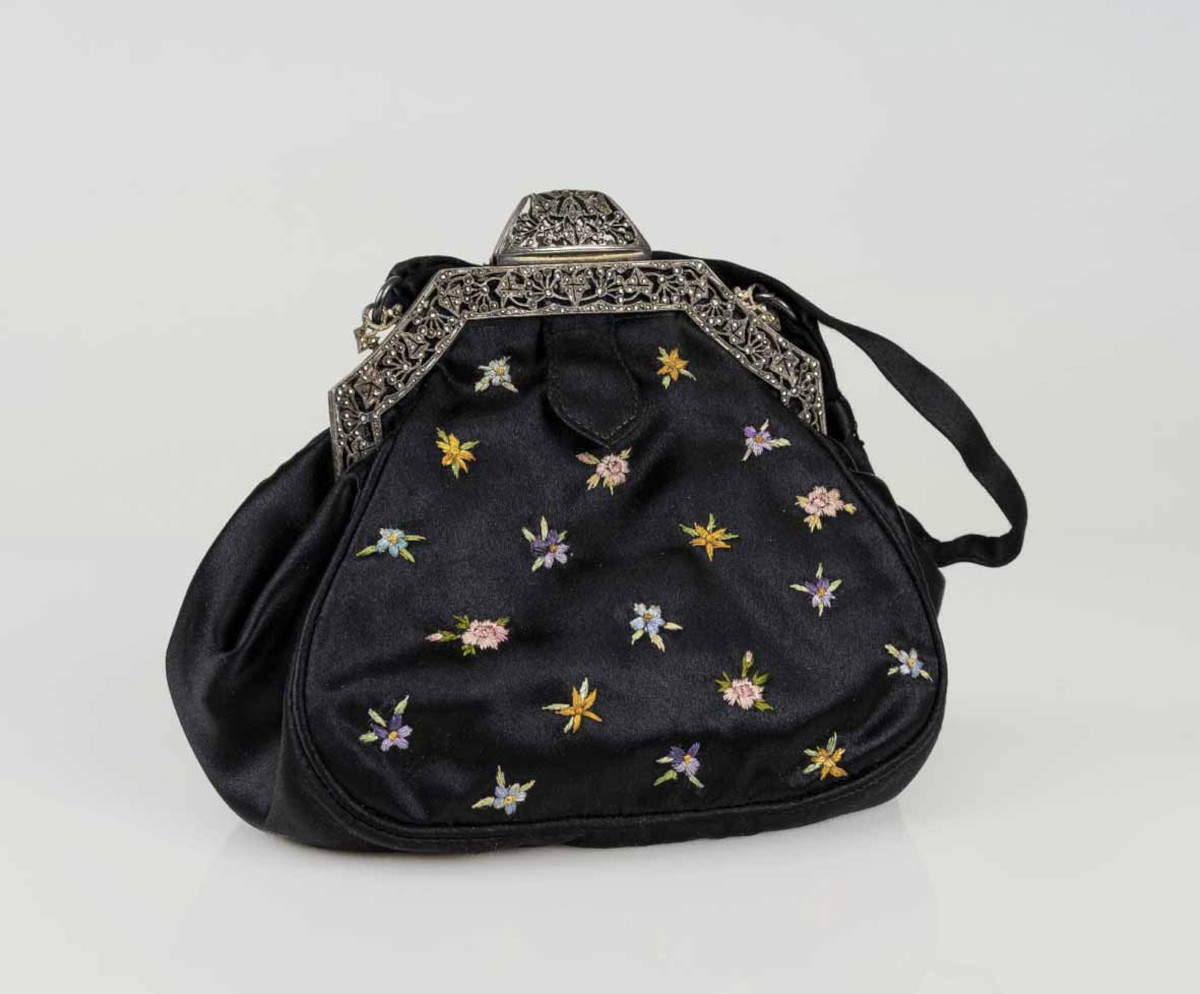
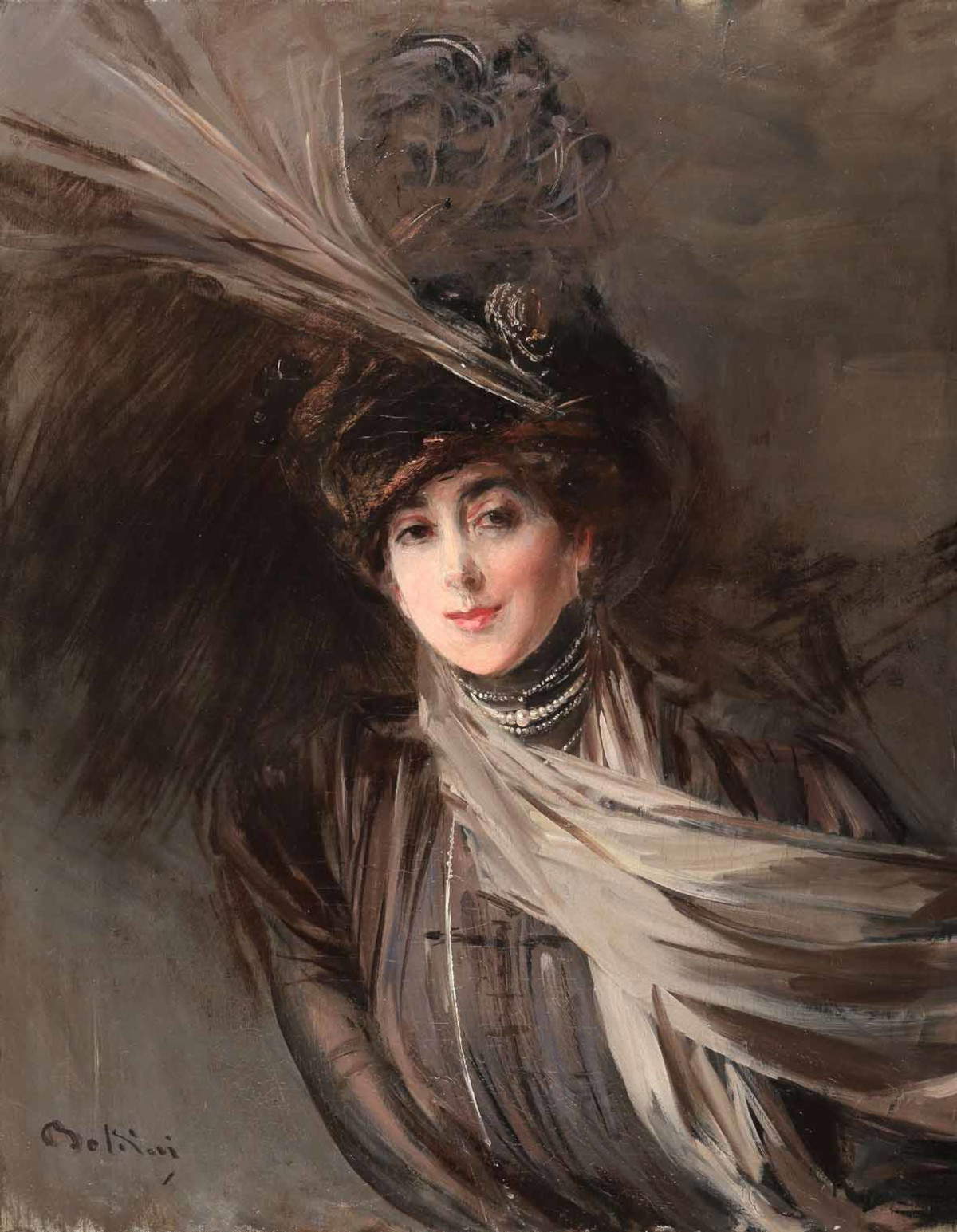
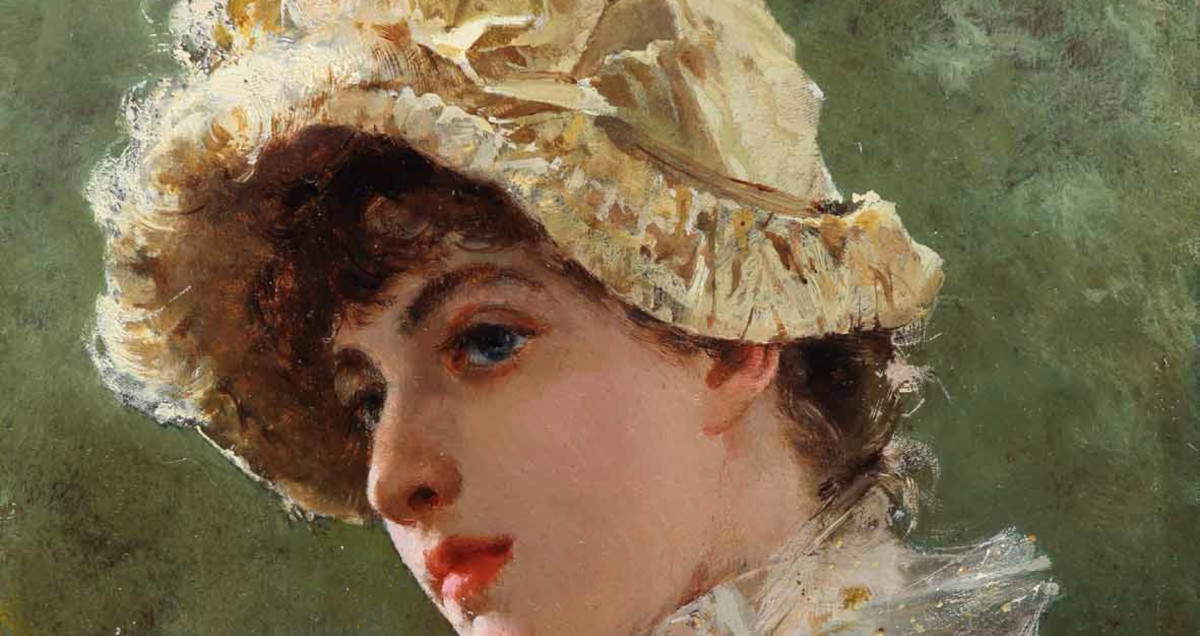 |
| An exhibition entirely dedicated to accessories between the 19th and 20th centuries in Rancate, Switzerland |
Warning: the translation into English of the original Italian article was created using automatic tools. We undertake to review all articles, but we do not guarantee the total absence of inaccuracies in the translation due to the program. You can find the original by clicking on the ITA button. If you find any mistake,please contact us.